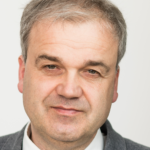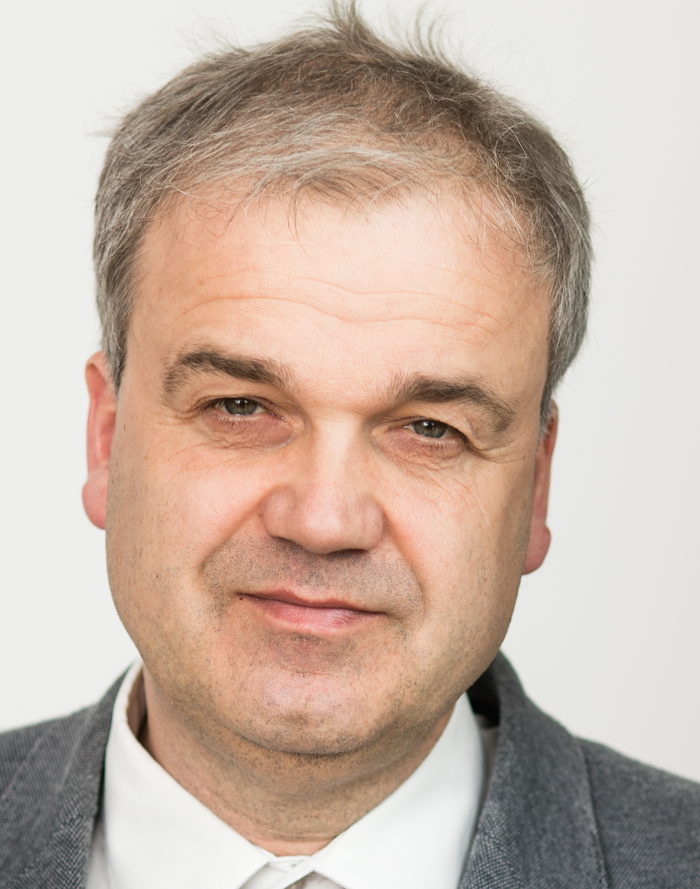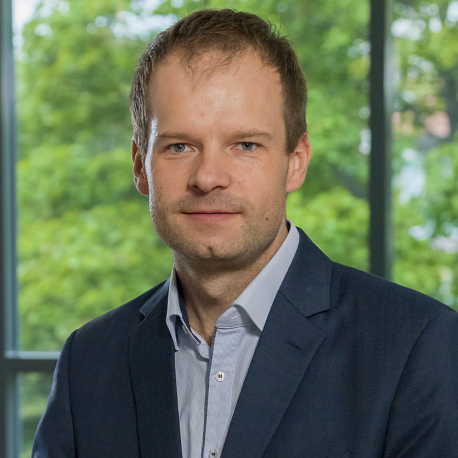Architectural Design Competition
Switch2Save on-line training
Smart & Switchable Windows
How do they contribute in energy efficiency and comfort?The Switch2Save Architectural Design Competition
The context
The use of glass in architecture has remarkably increased over the last few decades. Large glass facades and roofs are a major design element in buildings such as commercial office buildings, airport terminals, train stations or shopping centres. Indeed, glass forms an integral part in the field of architecture. Its’ clarity and aesthetic nature are unmatched. With its many forms, types and applications, glass can enhance the architectural value of a building. As a material it presents many advantages with the main functions of glass components being allowing daylight into buildings and ensuring a visual connection with the exterior. Glass on the other hand, compared to opaque materials, is associated with increased heat gains and losses. Therefore, glazing selection plays a key role in determining a building’s overall thermal performance: In modern buildings, up to more than 60% of energy transfer through the building envelope is related to glazing components. With careful consideration of the orientation and the use of exterior shading, the integration of large transparent façade and roof elements becomes an integral part of an energy saving strategy.
When an energy saving strategy is absent, glass facades can lead to excess solar radiation gains and losses: Over a full year, total energy consumption of modern buildings with large glass facades and roofs is up to 100% higher compared to buildings with small windows. At the same time, window blinds used to control solar radiation into buildings, compromise interior daylight conditions and block the view to the exterior. As an answer to these challenges, high performance glazing can contribute to the insulation of a building and deliver energy savings, while ensuring comfort conditions for users.
Switch2save proposes advanced, low-weight solutions suitable for direct integration to windows and glass facades for the control of radiation energy transfer, without any impact on the building structure, while enhancing occupants’ comfort.
Competition brief
The Switch2Save Architectural Design Competition aims to collect design concepts of non- residential buildings (new or renovation projects), featuring glass facades, roofs, or large window to wall areas, in any climatic context. The challenge is to present a design concept in which there is an optimum exploitation of the Switch2Save EC/TC smart functionalities, supported by a clear energy saving concept towards meeting the EU energy saving targets for buildings, while considering occupants’ comfort and wellbeing. The successful aesthetic integration of the IGUs will also be evaluated, as well as the replication potential of the design approach.
The S2S architectural design competition focuses on non-residential uses. There is no other restriction regarding the size, location or use of the proposed building concept.
Entry requirements
- The Switch2Save Architectural Design Competition is an open competition developed in one phase. No financial contribution is requested from participants.
- The competition is open to young architects (max 10 years)/students and/or multi-disciplinary teams (building physicists, engineers) led by young architects/ architectural students enrolled in an academic programme (bachelor, master etc.) from an accredited educational institution.
- There is a limit of 3 members per team of which min.1 should be an architectural student or young architect.
- Individual under-graduate or post graduate architectural students can participate.
- The competition is open to all nationalities. However, the team members should be based in an EU or an associated country.
Competition prizes
- 1st prize: 1000 euros, 2nd prize: 500 euros.
- For each of the 2 awardees, a demo kit of a fully functional energy smart EC/TC window.
- Digital certificate for competition participants.
- Possibility to offer internship in NTUA Laboratory of Heterogeneous Mixtures and Combustion Systems.
- Possibility to present the winning projects during prize ceremony.
- Featuring article/interview in Switch2Save newsletter.
- EU wide exposure through Switch2Save dissemination channels.
Submission requirements
- Brief description (detailed in Competition Brief Template)
- One infographic (presenting the proposed design in response to the competition brief)
- Other visual material merged in one pdf file. The pdf max size is 30MB.
- All documents should contain the necessary information in English.
Timeline
- 20 October 2022: Competition launch
- 28 February 2023: Deadline for registration & questions
- 31 March 2023: Deadline for submissions
- May 2023: Announcement of winners
How to apply
- Read Architectural Design Competition Terms & Condition & Switch2Save specification sheet.
- Register your team by 28/2/2023 (registration is closed).
- Submit your full pdf file by 31/3/2023 (through a specific link sent to you after registration). The pdf file (max 30 MB) should contain Brief description (see Competition Brief Template), Infographic (presenting the proposed design in response to the competition brief), Other visual material, Declaration of Authorship and Acceptance of Competition regulations.
- Wait for the final results to be published by May 2023.
Contact
For any questions related to the competition, please contact: competition@switch2save.eu
The jury
The Jury will be made up of a minimum of six (6) persons including the Chairperson. All submissions will be judged anonymously and anonymity will be maintained until the jury has reached a final decision. The submissions which comply with all the terms and conditions will be judged on the basis of the following evaluation criteria:
- Design concept: qualitative and successful Aesthetic integration of the IGUs & level of innovation
- Energy Savings
- Exploitation of Switch2Save EC/TC smart functionalities & Replicability of the approach
- Addressing user comfort
The jury consists of:

Matthias Fahland
CV
Matthias Fahland studied physics at the Technical University in Dresden. He finished his PhD on a topic in low temperature physics in 1994. Since then he is active in the Fraunhofer Institute FEP. He is a specialist in sputtering and plasma processes. Since 2018 Matthias Fahland is the Head of the Department for Roll-to-Roll Technology.

Maria Founti
CV
Maria Founti is a Professor in the School of Mechanical Engineering of NTUA and Director of the Laboratory HMCS. She studied Nuclear and Mechanical Engineering and received her Ph.D. (1983) from Imperial College, London, on Heat Transfer and Combustion. She has more than 220 publications in international journals and conferences and has supervised 70 M.Sc. and Ph.D. theses. She has managed and organized more than 30 EC and nationally funded projects, as coordinator or as senior engineer. She has acted as external expert for project and FP monitoring (DG RTD, TREN, ICT) and as evaluator of EU and national proposals. She is a member of the steering committee of the “Greek Construction Technology Platform” and of the ECTP/ EeB-PPP. Maria is Switch2Save Work Package Leader.

Sara Van Rompaey
CV
Sara Van Rompaey studied Architecture in Ghent (Belgium) and Monument Conservation at the RLICC (Raymond Lemaire International Centre for Conservation) at the KULeuven University. As owner of E²ARC (Architecture & Research for Cities – www.E2ARC.com) she has more than 30 years of expertise in the design, development and execution of buildings projects with a special focus on energy efficient renovation and conservation. With E2ARC she is involved as partner in several EU funded research projects that relate to buildings’ sustainability, cultural heritage and energy retrofitting, innovative building materials and Nature Based Solutions for future cities.

Alexander Kraft
CV
Alexander Kraft is an expert in electrochromic systems in ChromoGenics. He has a background in Semiconductor Electrochemistry from Humboldt-Universität Berlin. He is an experienced consultant with a demonstrated history of working in the building materials industry, skilled in Electrochromics and other Switchable Glass Technologies (experience: 20+ years), Glass Coating, Glass lamination, Thin Films, Materials Science, Electrochemistry, Spectroscopy, Li-ion conducting polymers, and Glass. Alexander acts as one of the Work Package Leaders in Switch2Save.

Hans Svärd
CV
Hans Svärd is a Quality and EHS manager in FASAGLAS and he also acts a CEO for one of its subsidiaries Light Energy Consulting AB. He has a University Diploma in Industrial Engineering and Management, where he graduated in 1996 and since then he has been working with Quality management, Environmental management, Health and Safety at Ericsson (telecom), 446 (consulting), Ragn-Sells Miljökonsult (consulting), Ragn-Sells (waste management), Kidde (fire safety) and Addici (facility management). In Switch2Save, Hans is leading one of the Work Packages.

John Fahlteich
CV
John Fahlteich is a CEO of KETMarket limited company, which main aim is to createa a digital technology marketplace and to digitalize and radially simplify the interacions between companies, research institutes and investors. Until September 2022, John was a Research Group Leader for Roll-To-Roll Vacuum Coating Technologies in the Business Unit “Plasma Technology” at Fraunhofer Institute for Organic Electronics, Electron Beam and Plasma Technology FEP in Dresden, Germany. John is a former Switch2Save coordinator.